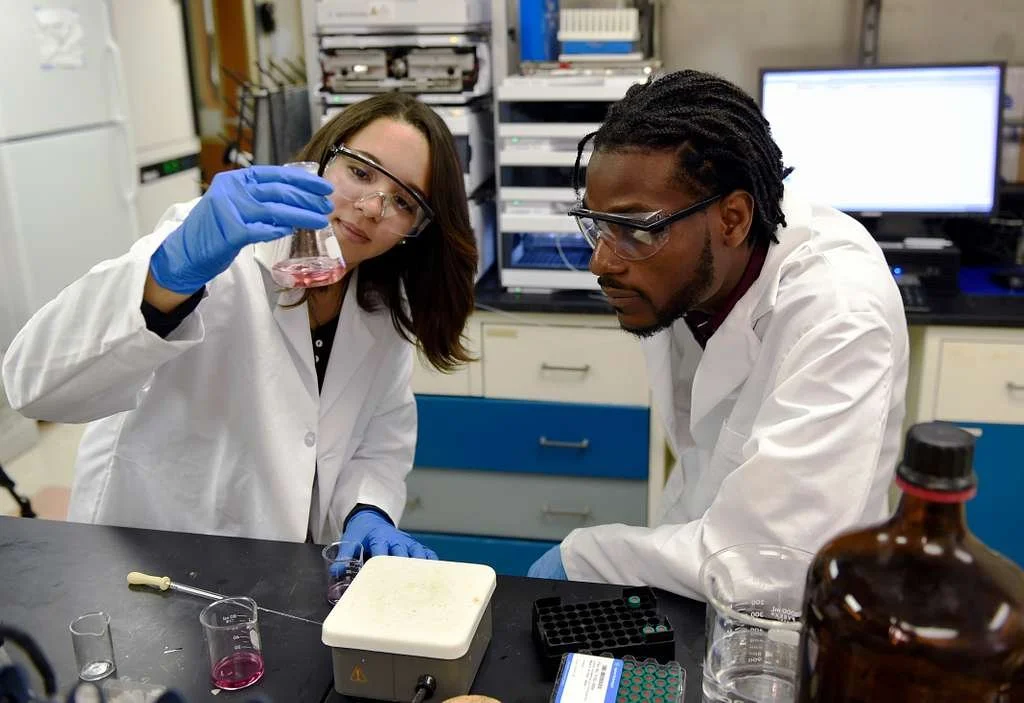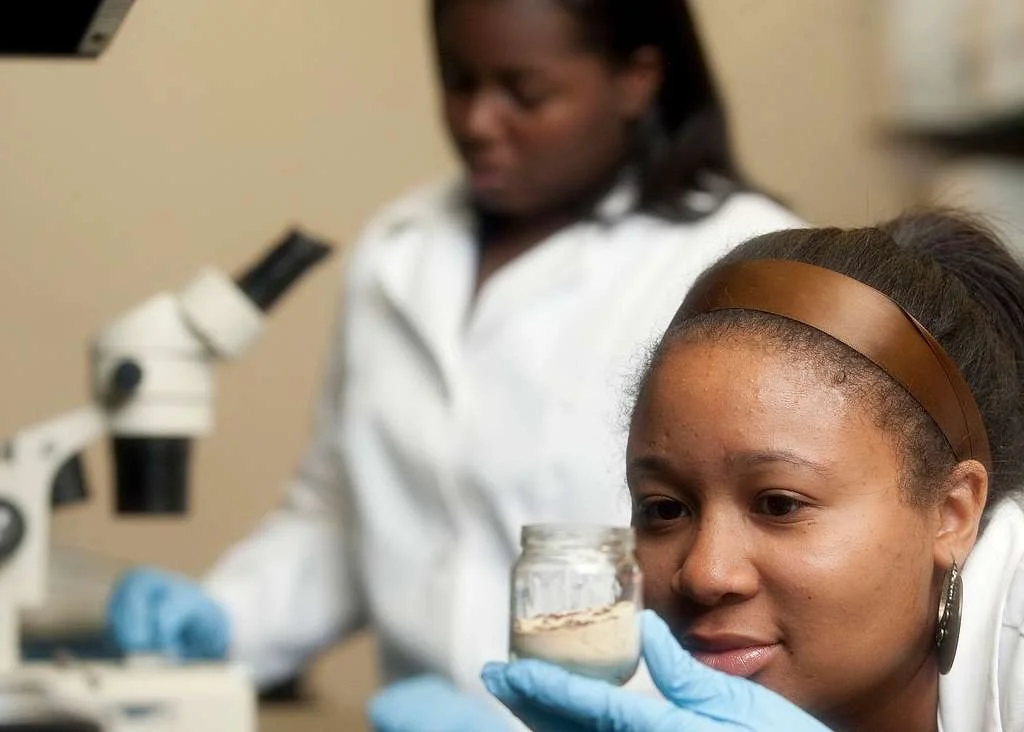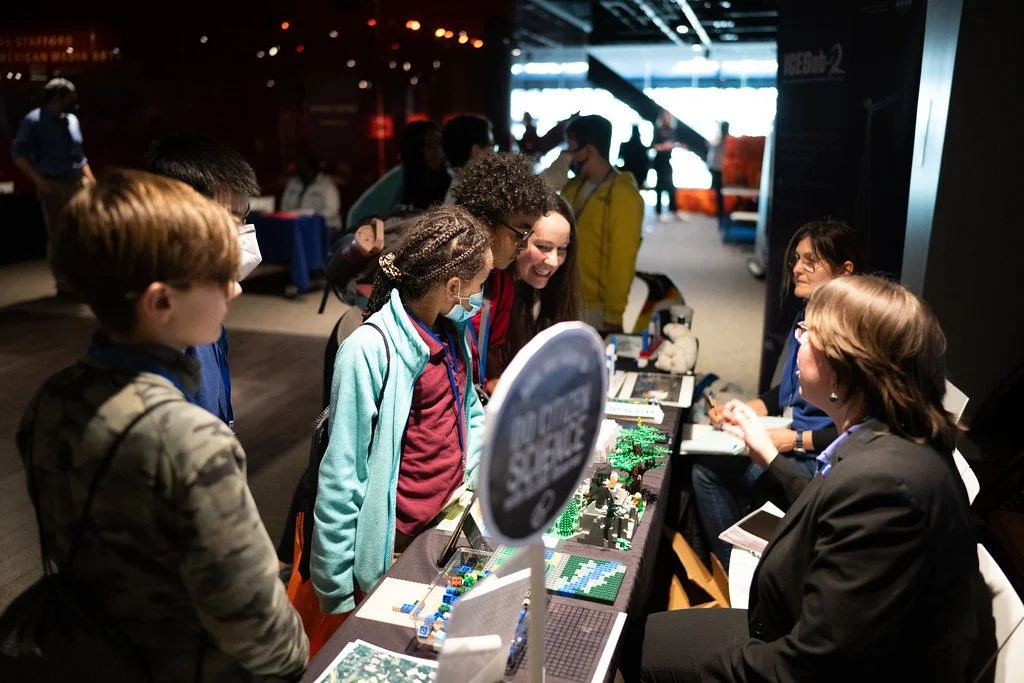Bridging the Representation Gap for Black Youth in STEAM
By: Alex Nellis
With rapid technological advances, jobs in STEAM are more in demand than ever before. In fact, the career field is projected to grow 10% by 2033. However, if STEAM is such a profitable field, why do Black Americans only represent 9% of the entire field?
Across the United States, Black Americans are underrepresented in STEAM - which stands for Science, Technology, Engineering, Arts and Math. The field was previously referred to as STEM, but Arts was added to the acronym in 2020 to reflect the important contribution of creativity and meaning-making to the scientific process.
Black students show significant aptitude in STEAM careers, so it is clearly an issue of lacking access, rather than lack of interest. Despite efforts to make STEAM a more inclusive field, the past 15 years have seen minimal changes. In 2011, Black Americans only represented 7% of workers in STEAM. Since then, it has only risen by two percent.
Lack of representation is another major reason for this inequity. When Black students don’t see others in their community in STEAM careers, they often do not consider it as an option for themselves. It is a vicious cycle, and it’s one that will perpetuate if Black students continue to not have equitable access and representation to these jobs.
There is also a lack of inclusivity in some workplaces. Even for Black students who have an interest in pursuing careers in STEAM, they may face barriers from workplaces that lack inclusive policies or have unconscious biases. The underrepresentation of Black Americans in STEAM should be examined from interactional, community and structural levels to fully understand the impact.
Black girls are especially underrepresented in STEAM. All women, regardless of race, only make up 28% of the STEAM workforce. Similarly to the issues of Black representation, women also often lack role models and resources in these fields. MIT also cites unconscious bias and lack of family-friendly policies can discourage women from pursuing these jobs.
While all women represent 28% of the STEAM field, Black women only represent a shocking 2% of the field. There has been a significant amount of press coverage of women losing interest in STEAM over the past couple decades. However, the intersectionality of this underrepresentation is far less commonly discussed. Black women face the double-bind of having both their gender and their race not well-represented in STEAM careers.
The underrepresentation of Black Americans in STEAM has been a persistent issue. There are obvious benefits to bridging this divide, including economic growth, increased equity, and diverse voices allowing us to view global issues in new, innovative ways. To make any substantial change, this issue must be addressed from a systemic and interpersonal level.
In order to encourage teachers to close the achievement gap, they must be equipped with the proper training and tools. Training educators on this lack of representation is very important, so they can be more knowledgeable about these inequities. Community partners and events exposing Black children to STEAM is another step that can be taken by schools to increase access. SAT or ACT tutoring in these areas can also help make Black high school students more likely to pursue these areas as college majors.
Data already shows that Black students have significant aptitude in STEAM fields, but they need to be given the resources to help them succeed. When Black students don’t see themselves represented in STEAM, and society doesn’t help them understand all the opportunities available to them, they struggle to see themselves becoming successful in these types of careers. Exposing Black children to career pathways, hands-on experiences, and mentorship opportunities from an early age is essential to cultivating their interest in these jobs.
Ensuring that all Black children have access to identity-affirming and culturally relevant STEAM education is an important step to bridging the representation gap. Exposing Black students to interdisciplinary education showing how the components of STEAM intersect with each other, as well as other academic disciplines, can help them better understand how it is relevant to their lives.
Talking about Black excellence in these fields is also an important change we can and should make as a society. While white inventors, scientists, and technology pioneers are often spotlighted, Black innovators are much less frequently talked about. Ensuring students know about their contributions to STEAM will help Black students see themselves in these fields, and will show students of all races how much Black innovators have advanced STEAM as a field. Here are some of the most famous Black innovators in the field:
• Dr. Marie M. Daly - first Black woman to earn a Ph.D. in Chemistry. Her research contributed a significant amount of what we know today about heart disease and cholesterol.
• George Washington Carver - created new uses for several common items such as flour, soap, paper, shaving cream, paste, and various medicines.
• Alan Emtage - inventor of the first-ever search engine.
• Bessie Blount Griffin - one of a small number of Black physical therapists during World War II. Her interpretive dance techniques helped soldiers with leg injuries learn to use their feet again. She also invented the Portable Receptacle Support, which fed soldiers who had trouble eating due to injuries in the war.
• Katherine Johnson - known for her ability to solve difficult math problems, she was nicknamed the “human computer.” Katherine worked for NASA where she played an integral role in planning the moon landing in 1969. She also calculated the path for Freedom 7 (the first spacecraft to send an astronaut into space.
While change on a structural level will take time, there are a number of things that can be done at home to expose Black children to STEAM from an early age. Doing STEAM activities, pursuing STEAM-related events, and talking about the opportunities available to them in communities can help Black children see these fields as more attainable. Dr. Artika Tyner also discusses the importance of being First Educators in STEAM in her 2024 article with Spokesman Recorder.
Small steps in our communities, and encouragement of a more inclusive educational approach, will help us to better support and empower Black youth to pursue their dreams in STEAM.
Check out the Planting People Growing Justice Leadership Institute website for more information about our programs and services. Follow us on social media for updates about the project at Planting People Growing Justice Leadership Institute.
Be sure to support Planting People Growing Justice Leadership Institute's current campaign #ICHOOSETORISE! Support Black excellence and education with R.I.S.E.: The Card Game. Join the movement here.
Pre-order books from Planting People Growing Justice’s fall 2025 collection now featuring books filled with imaginative stories for the young readers in your life. Pre-order now to ensure you’re one of the first to receive the new books when they release.



